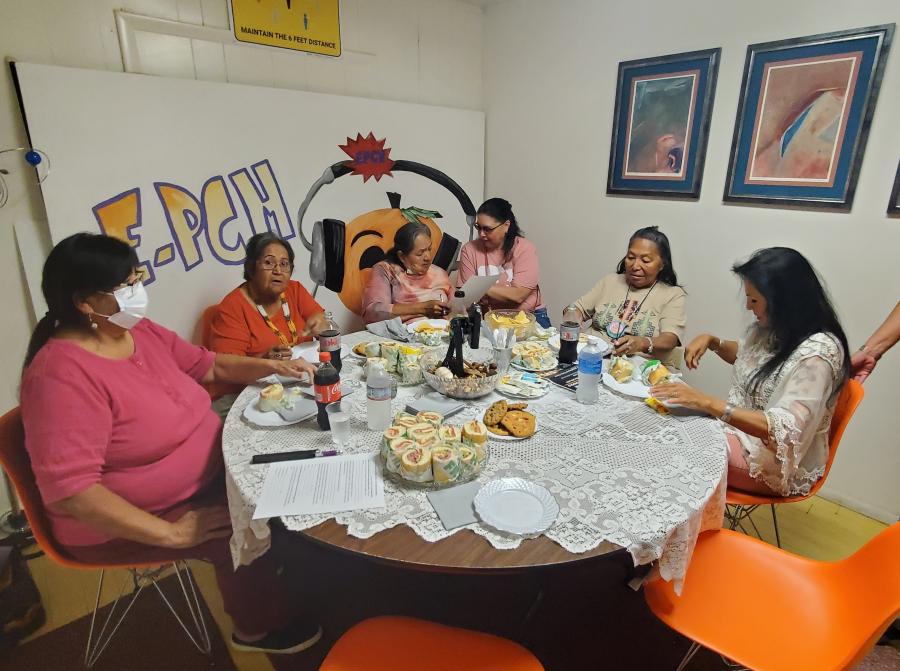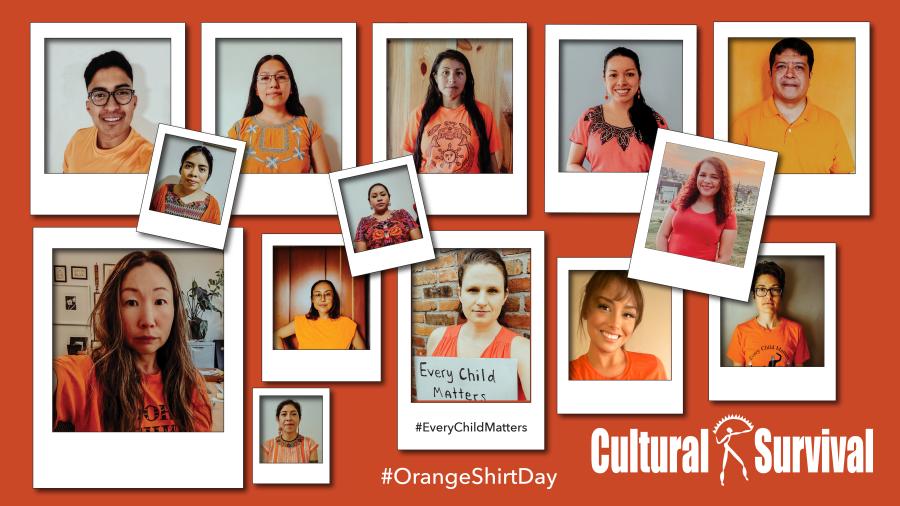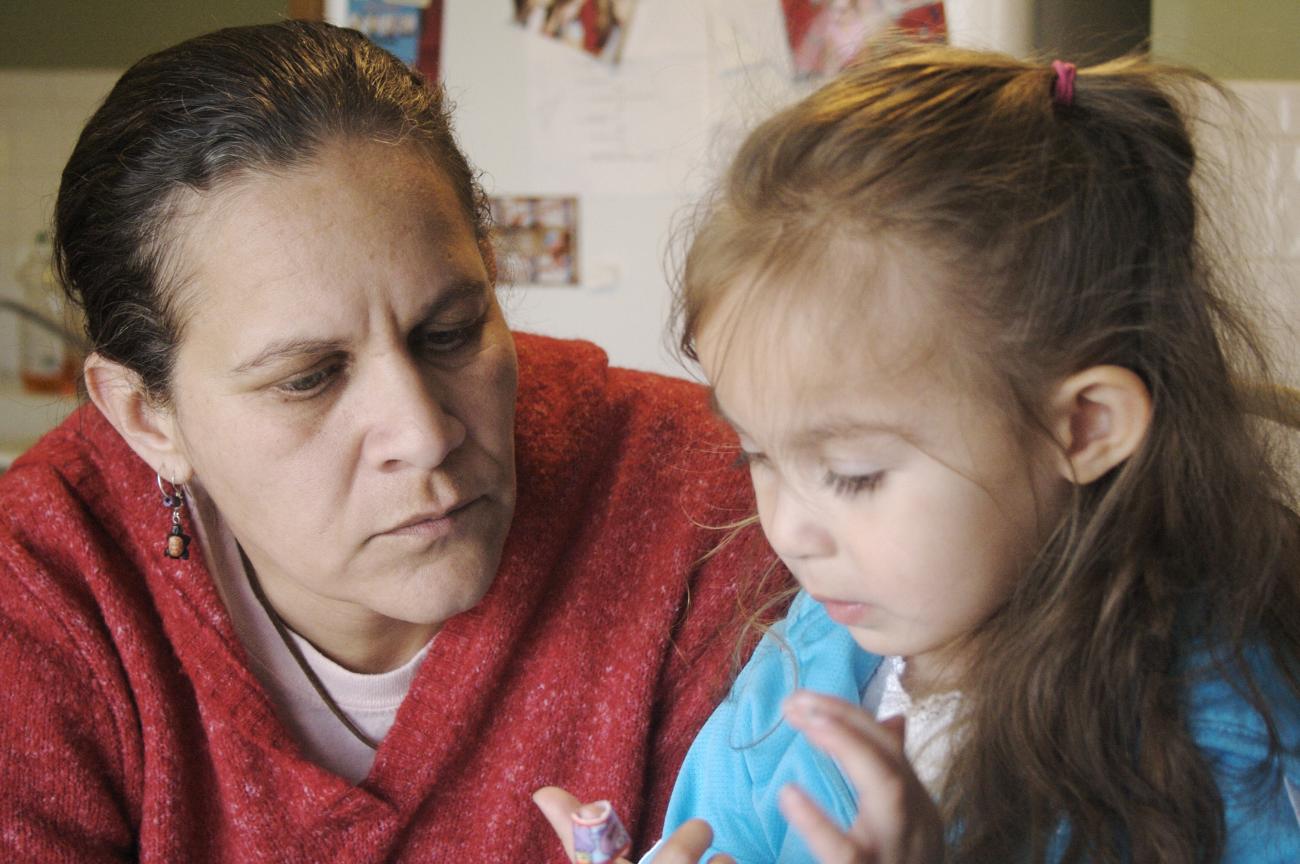
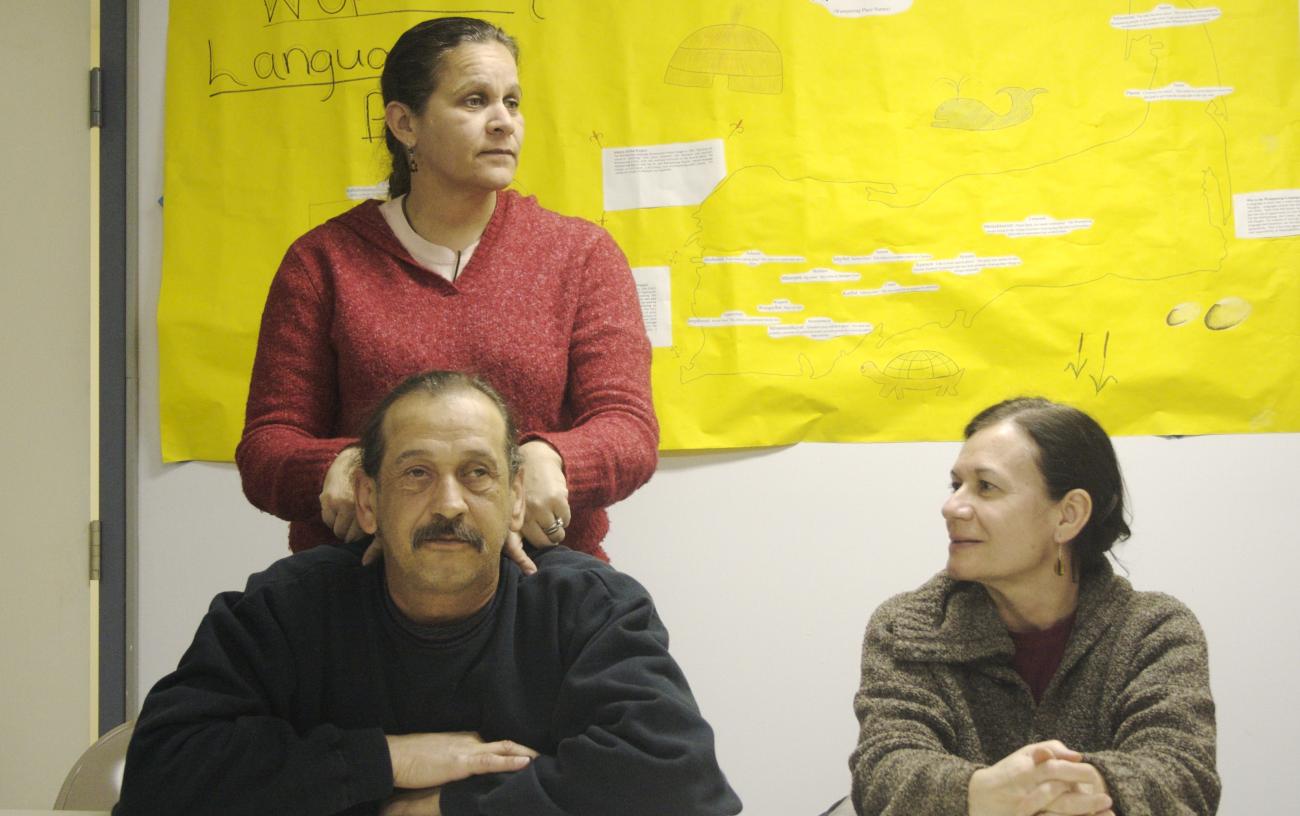
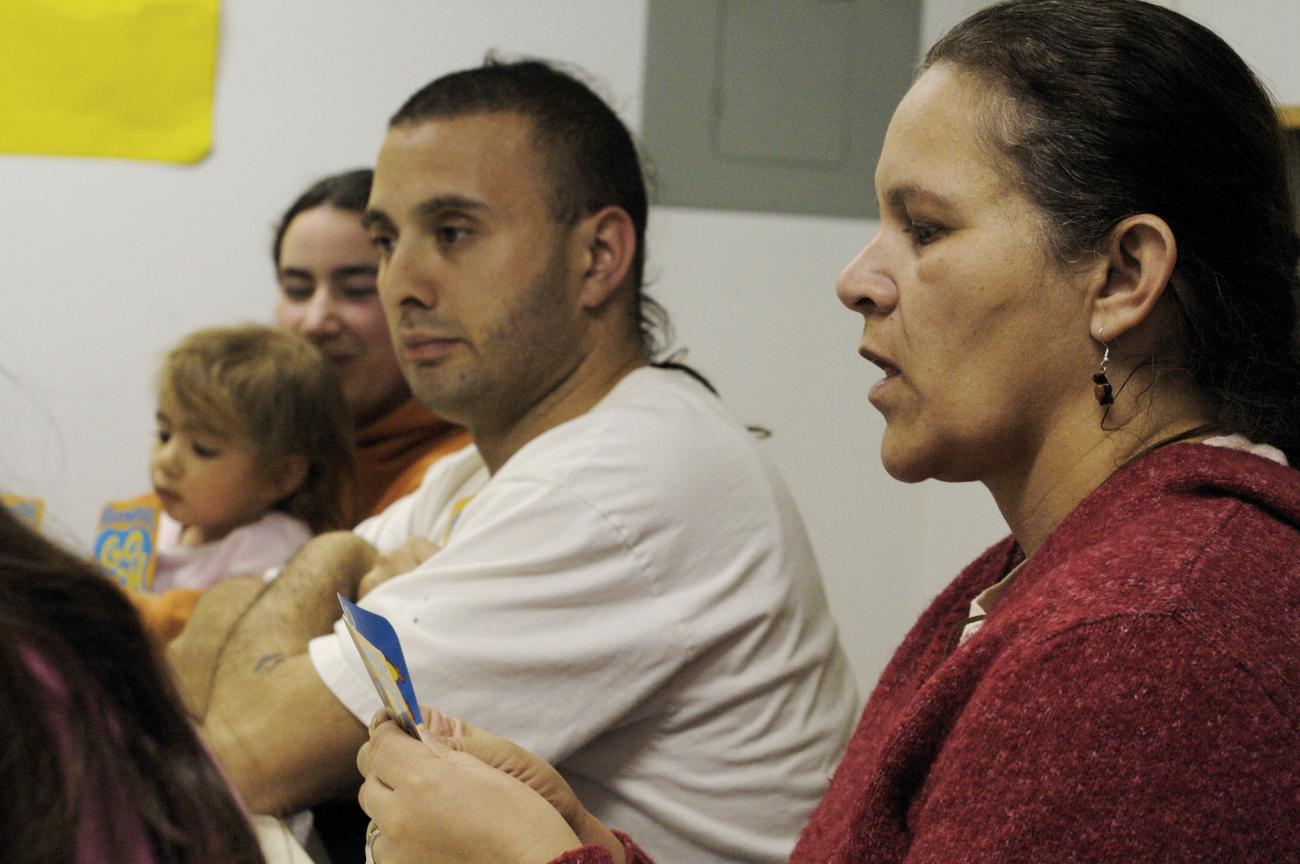
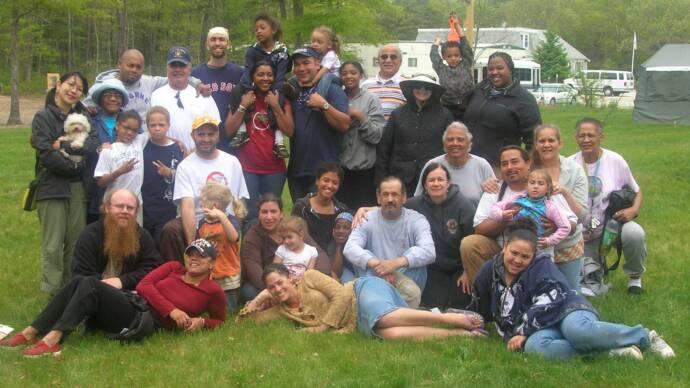
Dormant for 150 years, a lost Indigenous language is brought back to life by a Native woman, setting into motion a vital cultural revitalization process.
By Rucha Chitnis
“Now I can pray in my language,” reads a sign held by an indigenous woman from the Wampanoag Tribe. She is referring to the Wôpanâak language, an ancient Algonquian language that was once spoken by Indigenous Peoples inhabiting all of southeastern Massachusetts. As colonization took root displacing Indigenous Peoples and devastating their cultures, the Wôpanâak language became extinct in the nineteenth century.
A hundred and fifty years later, something unexpected and unimaginable happened. Jessie Little Doe Baird, a tribal member began to have dreams, where her ancestors wondered if she would bring back their language. Baird earned her masters degree in Algonquian Linguistics from Massachusetts Institute of Technology; she began to decipher grammatical patterns and create vocabulary lists from archival Wôpanâak documents. Baird found a version of the King James Bible in Wôpanâak language that missionaries had written for their conversion and literacy programs. She also found an incredible repository of other archival documents—wills, deeds, petitions, letters—and used these along with the Bible to create a Wôpanâak-English dictionary.
In 1993, Baird founded the Wôpanâak Language Reclamation Project (WLRP), an inter-tribal cooperative project that serves the four remaining tribes of the Wampanoag Nation to restore a dormant language and use it as a principal means of expression. For her outstanding feat of bringing back a lost language to life, Baird was selected as a MacArthur Fellow. “We believe that by teaching the children in particular, the language will more easily come back to fluency,” said Judi Urquhart, WLRP board member. The Project now offers a multitude of classes to tribal members, including family language immersion weekends and a summer youth program. The Project has also created curriculum for Pre-K to Second Grade and has plans to launch a Montessori-based pre-school this year in collaboration with the Mashpee Wampanoag Tribe’s Childcare Program and the Montessori Academy of Cape Cod. “The language is now used for ceremonies and powwows. It is slowly incorporated into our day-to-day life,” noted Judi.
The Project has started a language class for elders as well. While in most tribal communities elders preserve Native languages by teaching the next generation, the Wampanoag Nation has younger people teaching the elders. “The elders are very dedicated to learning their ancestral language, perhaps more so than any other group!” Judi remarked. In November 2011, a documentary premiered on PBS, We Still Live Here—Âs Nutayuneân, that tells the remarkable story of the revitalization of the Wôpanâak language, the first time a language has been revived in the United States with no living Native speakers. In 2014, Sacred Fire Foundation gave a grant to the Wôpanâak Language Reclamation Project to support a three-week summer youth camp for language immersion.
“Reclaiming our language is one means of repairing the broken circle of cultural loss and pain. To be able to understand and speak our language means to see the world as our families did for centuries. This is but one path which keeps us connected to our people, the earth, and the philosophies and truths given to us by the creator,” noted Baird.
-Rucha Chitnis is a photojournalist and writer, who is founder of Changing the Narrative, a storytelling project that highlights the dignity, agency and power of women and grassroots movements. Follow her on Twitter: @ruchachitnis
This blog is part of series of Sacred Fire Foundation on the importance of resourcing indigenous-led groups that are revitalizing native languages as a key strategy for cultural survival.
Read more on the Wôpanâak language revitalization efforts here and here.
